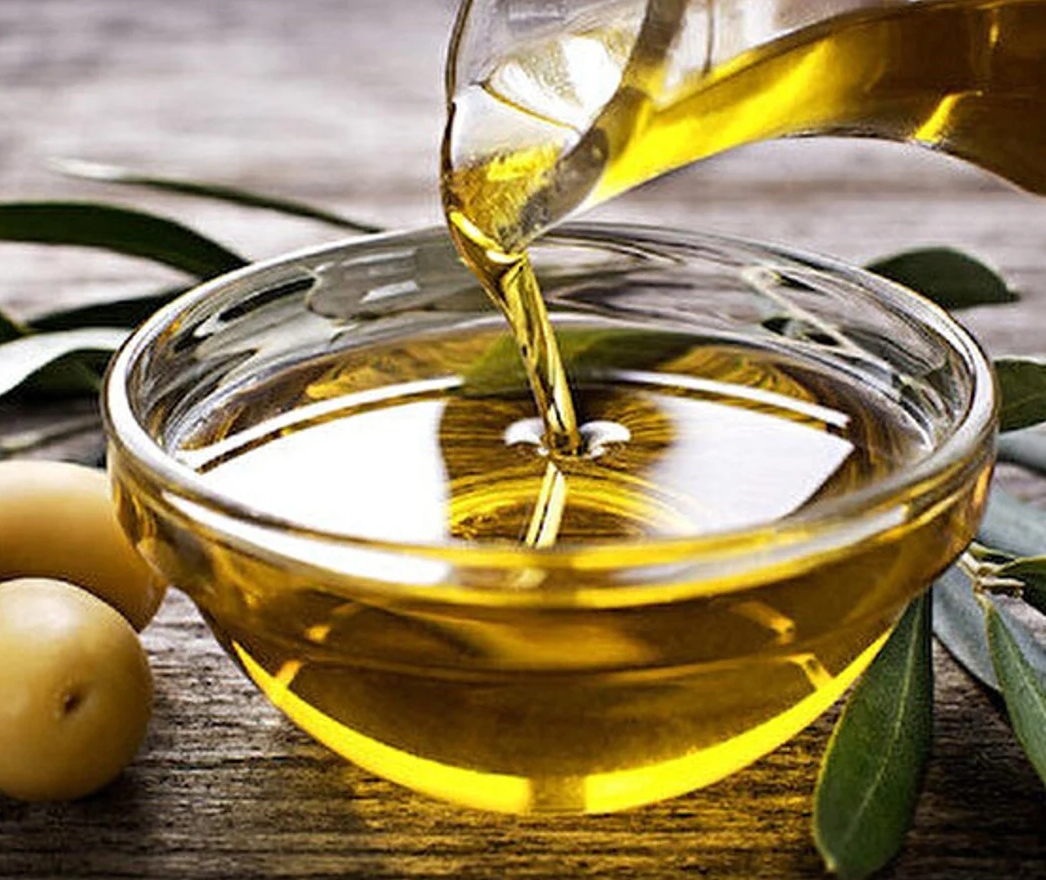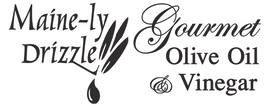Olive Oil Basics
It is important to understand the basics of the Premium Extra Virgin Olive Oils that we sell. We import oils from around the world both Northern (ie: Spain, Italy, Tunisia, California, Portugal) and Southern (Australia, Peru, Chile, etc) hemispheres. The northern primarily harvests in the fall, with delivery to us after the first of the year. The southern primarily harvests in the spring, with delivery to us in the fall. We rotate north and south in as new ones are introduced each season. I strive to let everyone know when we can no longer get a certain olive oil. (sometimes I do forget)
Typically, I will purge (discount) any that are more than a year and a half from harvest, however everyone should keep in mind that even if they are a year+ past harvest date, they are still much fresher than most of what you find in the grocery stores. Most grocery stores do not show the harvest date. They might publish a “best by” date but since there is no law regulating what the “best by” date should be, it can be several years past harvest and barely fresh at all. We show the dates so that everyone knows exactly what they are getting.
In general, olive oil will last about 2 years. Although an oil can go “rancid” it typically just loses all health benefits over time. It would take much longer for it to actually taste rancid. The chemistry that we show on the tags is at the time of harvest and naturally decreases over time due to oxidation (just like fruit juices). Olive Oil oxidizes when exposed to heat, air and light. We keep them in the fustis to protect the oil longer and thus prevent the oxidation. As such our olive oils start with better chemistry and will keep their health benefits longer. Please familiarize yourself with the chemistry of olive oil and try to get customers to understand the importance of the numbers.
I have also found that our customers tend to like the northern hemisphere oils better but I think that is mostly because that is what most people around here are familiar with. Because of this, I tend to keep some of the northern favorites around for as long as they are available and I don’t bring in as many of the southern hemisphere varieties. (I personally like the Australia oils and they do tend to win many awards)
Additionally, the olive oils that we import are from olive oil “estates” which produce only a certain amount each year. When it is out, it is out until the next harvest. And, like a fine wine, the taste may be different the next harvest depending on climate and conditions of harvest.
Also the estates that we import from all have mills on their property so that the olive goes from tree to crush quickly. This improves the quality of the oil. If an olive is not crushed within 24 hours of having been picked, the quality of the olive oil is weak and will diminish more quickly over time (that is, if it can even be rated as an Extra Virgin). This includes the antioxidants which
provide the primary health benefit.
Another note about our olive oil is that they are all single (or mono) cultivar oils. That means that they are made from a single variety of olive such as picual, manzanillo etc. Many really good olive oils are blends but what we carry are not blended. I have also attached a document on the basic description of what virgin and extra virgin olive oil is from the Olive Oil times. This is also very helpful to read to answer customer questions.
The flavored oils base is a Chilean Arbequina base.
WHAT IS THE DIFFERENCE WITH GRADE OF OLIVE OIL?
-
From The Olive Oil Times
Olive oil is the pure oil obtained from the fruit of olive trees. No oil obtained using solvents, re- esterification processes, or mixed with other vegetable oils qualifies under this description.
There are many different kinds of olive varieties from which oil can be produced, and each brings a unique flavor and quality to the oil. While some olive oil is made by blending different olive varieties together, mono-varietals or monocultivar olive oils, are made using just one. It is the variety of olive, along with the maturity of the fruit, that contributes most to the flavor of the oil.
Olive oils described as ‘virgin’ are those that have been obtained from the original fruit without having been synthetically treated. Once the olives have been picked, pressed, and washed, no other process has taken place other than decantation, and centrifugation to extract the oil, and filtration.
The best quality of olive oil available is described as ‘extra virgin’.
-
Extra Virgin Olive Oil
SHOP EVOO NOWExtra virgin is the highest quality and most flavorful olive oil classification. In chemical terms it is described as having a free acidity, expressed as oleic acid, of not more than 0.8 grams per 100 grams and a peroxide value of less than 20 milliequivalent O2. It must be produced entirely by mechanical means without the use of any solvents, and under temperatures that will not degrade the oil (less than 86°F, 30°C).
In order for an oil to qualify as “extra virgin” the oil must also pass both an official chemical test in a laboratory and a sensory evaluation by a trained tasting panel recognized by the International Olive Council. The olive oil must be found to be free from defects while exhibiting
some fruitiness.Since extra virgin olive oil is simply pressed fruit juice without additives, the factors influencing its quality and taste encompass the countless decisions, ethics and skills of the producer, and the terroir itself.
Olive oil tasters describe the positive attributes are described in the following terms:
-

●Fruity: Having pleasant spicy fruit flavors characteristic of fresh ripe or green olives. Ripe fruit yields oils that are milder, aromatic, buttery, and floral. Green fruit yields oils that are grassy, herbaceous, bitter, and pungent. Fruitiness also varies by the variety of olive.
●Bitter: Creating a mostly pleasant acrid flavor sensation on the tongue.
●Pungent: Creating a peppery sensation in the mouth and throat
-
Other Grades of Olive Oil
SHOP FLAVORED OILS NOWIn addition to extra virgin olive oil, there are a number of other grades which define chemical and organoleptic qualities.
● Virgin olive oil: This is virgin olive oil which has a free acidity, expressed as oleic acid, of not more than 2 grams per 100 grams and a median organoleptic defect value of 2.5 or less.
● Ordinary virgin olive oil: Virgin olive oil which has a free acidity, expressed as oleic acid, of not more than 3.3 grams per 100 grams and a median organoleptic defect value of 2.5 or less than 6.0.
● Olive oil: A blend of both virgin and refined olive oil. It has a free acidity, expressed as oleic acid, of not more than 1 gram per 100.
● Refined olive oil: This is the olive oil obtained from virgin olive oils by refining methods which do not lead to alterations in the initial glyceridic structure. It has a free acidity,
expressed as oleic acid, of not more than 0.3 grams per 100 grams.
● Olive-pomace oil is the oil obtained by treating olive pomace with solvents or other physical treatments, to the exclusion of oils obtained by re-esterification processes and of any mixture with oils of other kinds. It is marketed in accordance with the following
designations and definitions:
● Crude olive-pomace oil is olive pomace oil whose characteristics correspond to those fixed for this category in this standard. It is intended for refining for use for human consumption, or it is intended for technical use.
● Refined olive pomace oil is the oil obtained from crude olive pomace oil by refining methods which do not lead to alterations in the initial glyceridic structure. It has a free
acidity, expressed as oleic acid, of not more than 0.3 grams per 100 grams. Olive pomace oil is the oil comprising the blend of refined olive pomace oil and virgin olive oils fit for consumption as they are. It has a free acidity of not more than 1 gram per 100 grams. In no case can this blend be called olive oil.

